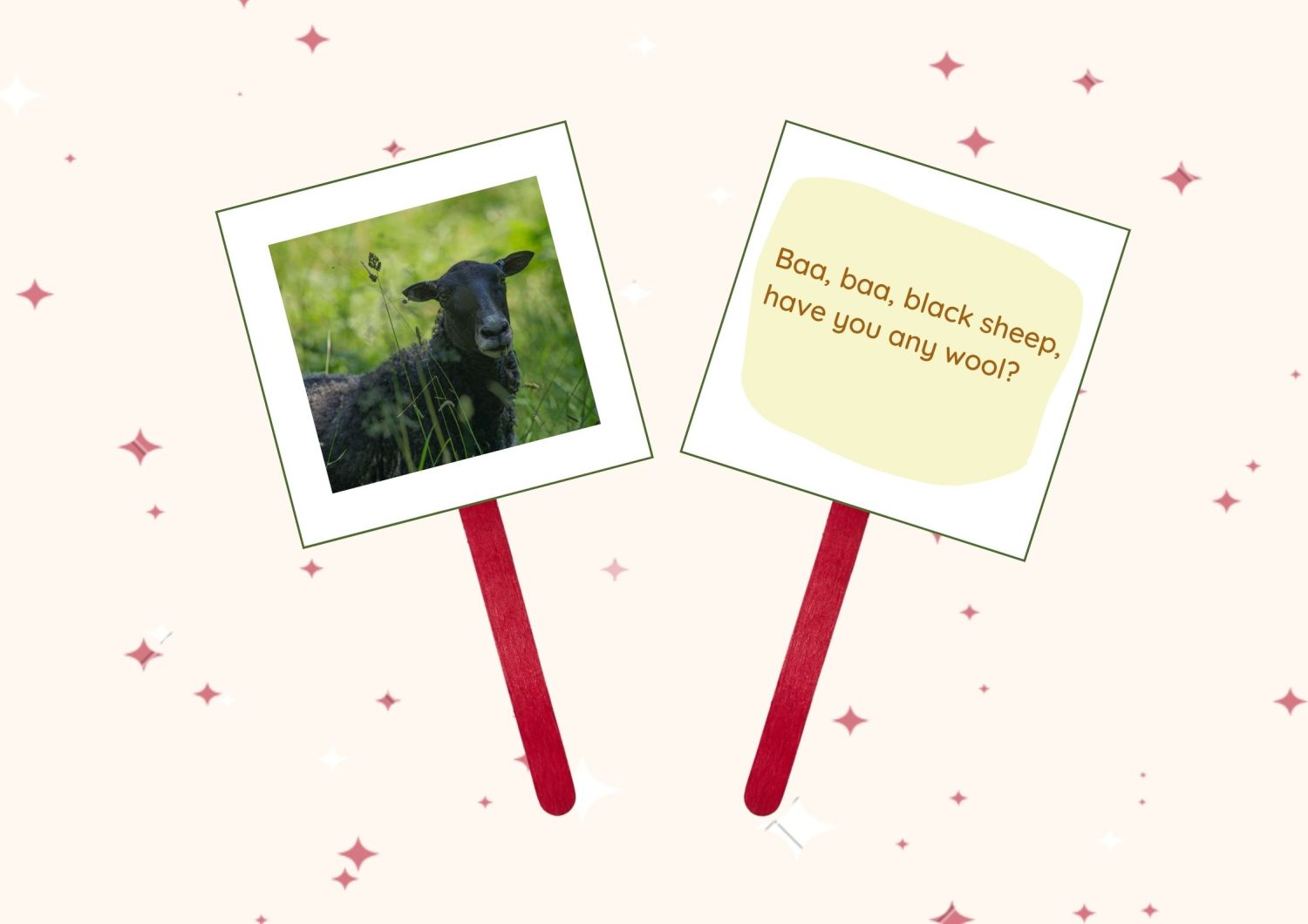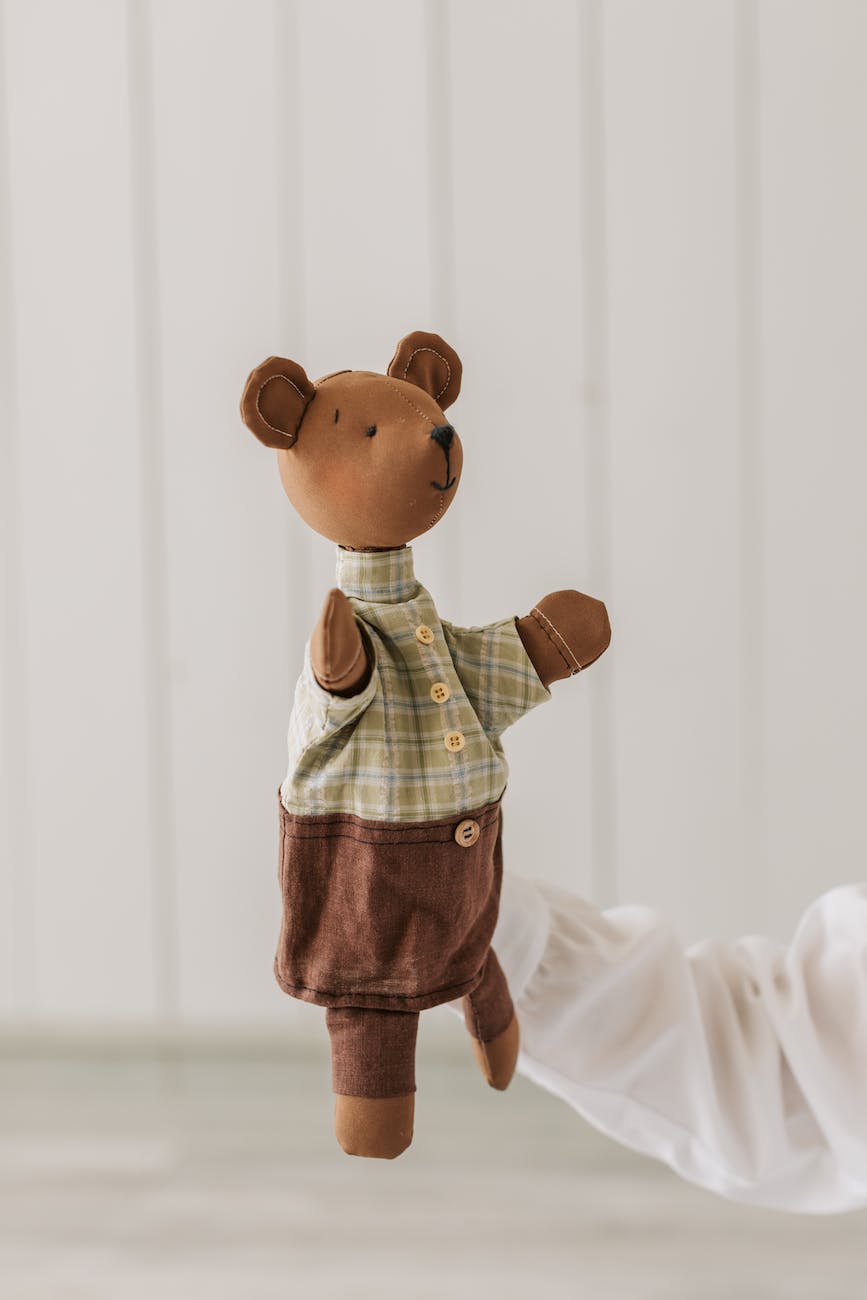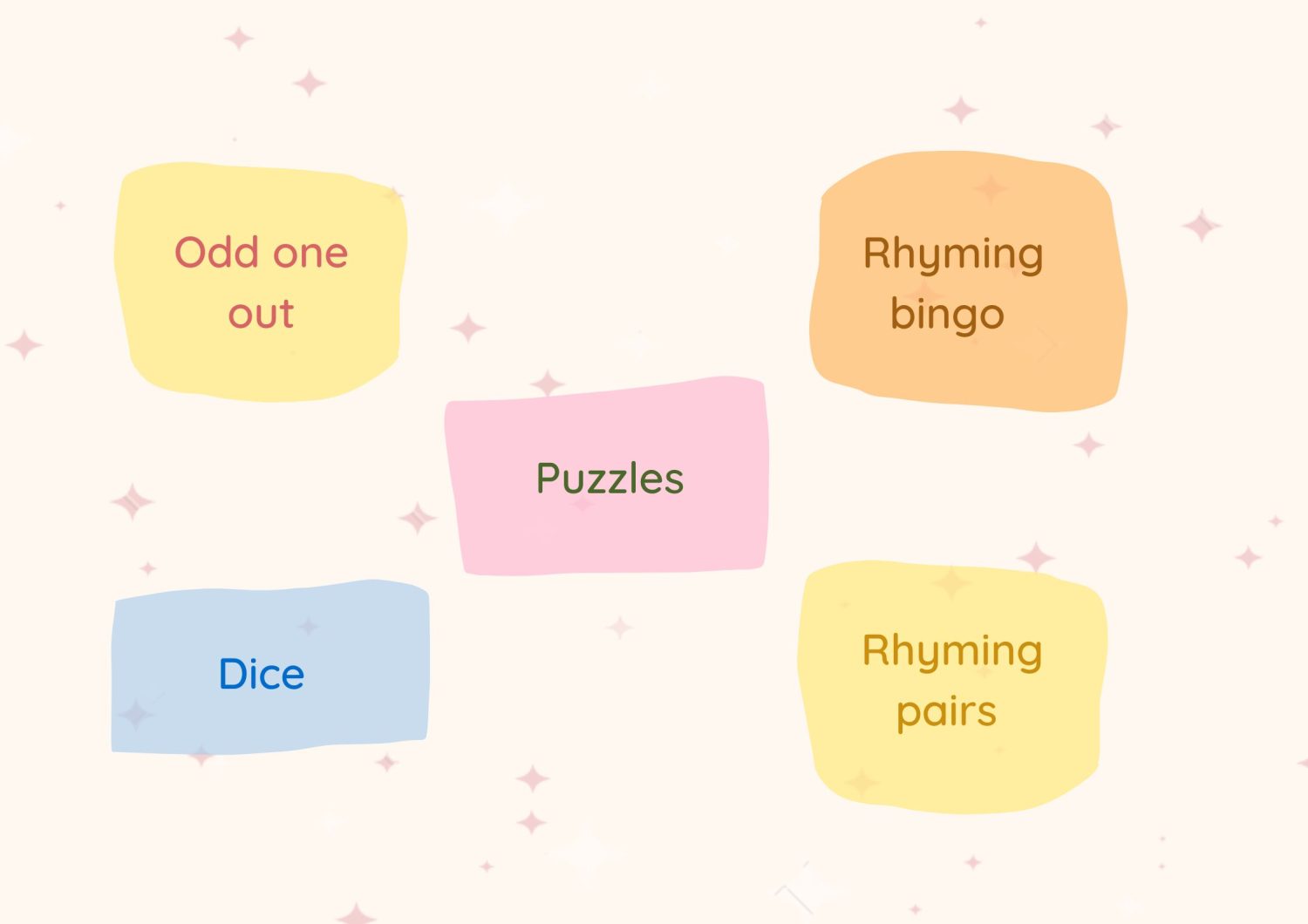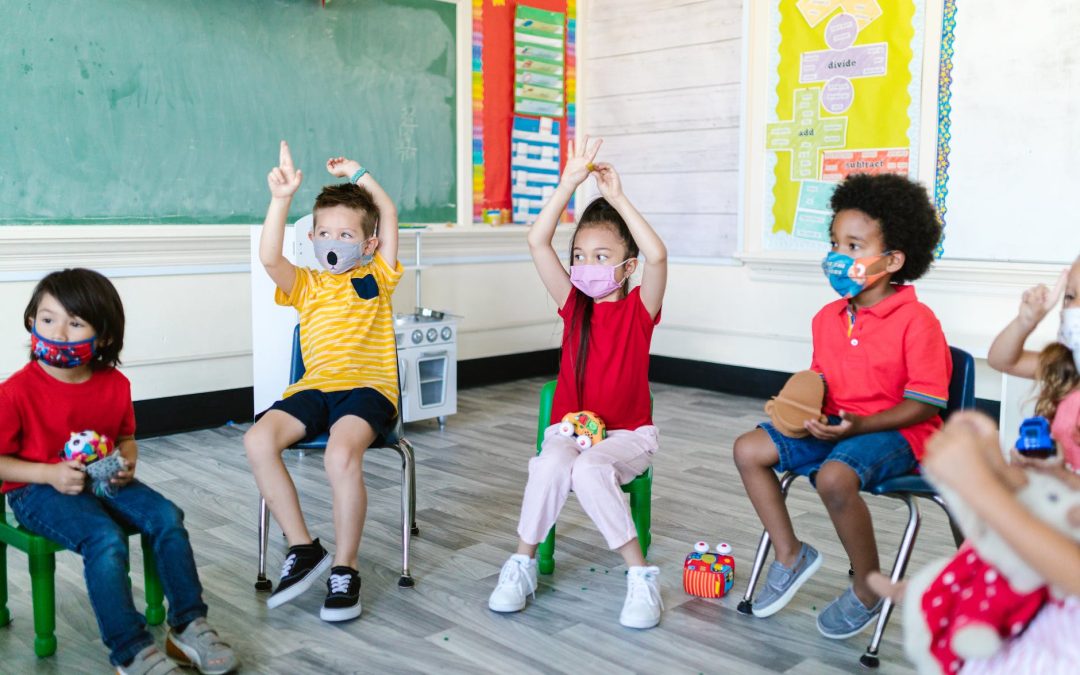As young learner teachers, we understand the importance of rhymes, which have been promoted as effective for developing children’s phonological awareness and reading skills. However, starting to use rhymes in class might be a bit challenging for newly qualified teachers.
Getting started
In my experience of working with young learners, I have observed that counting rhymes are the best way to introduce rhymes in the classroom. They can be used whenever you need to choose a helper or decide who is going to be first. So, they also help with classroom management. Say the rhyme clearly and slowly, pointing to the children in sequence on each sounded syllable. On the last word, that child is selected. These rhymes are easy to recall, and the children can use them even on the playground when they play games.
These two are all time favorites with my students:

Nursery rhymes
Once the children become familiar with counting rhymes, other rhymes can be introduced. Mourão and Ellis (2020) recommend the following procedure:
- Show the children flashcards and ask them to tell you which ones they can hear in the rhyme.
- Say the rhyme slowly and clearly, accompanying it with actions.
- Confirm what the children heard and show them a picture presenting the rhyme.
- Repeat the rhyme pointing to the images in the picture.
- Repeat the rhyme with actions, encourage the children to join in the actions.
It is true that nowadays there are a lot of animated versions of rhymes. However, it is recommended to introduce them as an additional form of exposure, not the only form of exposure, when learners had had several opportunities to listen to, respond to, and accompany the original (Mourão and Ellis, 2020: 70).
Suggestions
It is also important to remember that beginner readers should be treated as readers from the outset and they should see rhymes as part of everyday life. Thus, for example, teachers could help the children make a collection of favourite rhymes and ensure that these are incorporated as an essential element of everyday practice.
- A ‘Rhyme book’
Invite the children to carefully copy down and illustrate the chosen rhyme.
The children can then organize their sheets in order to make a book of rhymes.
The book can be used to make choices about which rhyme to say during ‘rhyme time’. Encourage them to see how some words/sounds occur in different rhymes.
- Rhyme Pops
An alternative design is for the class to make rhyme pops.
Glue pictures of rhymes to cardboard circles.
Attach a craft stick and keep them in a can.
Invite the children to choose a rhyme pop and sing/say that rhyme during ‘rhyme time’.

Finger plays
If you are working with very young learners who are still developing fine and gross motor skills, they will definitely enjoy finger plays, which are rhymes that use coordinated hand/body movements. Children have to listen carefully and follow directions. Finger plays are also an excellent way to help make transitions go smoothly.

Introduce the key vocabulary in the order it appears in the play. It is always helpful to use flashcards first, so that the children can visualize the characters, objects, and actions of the play. Now, model the actions. If you have not used plays before, Teddy Bear, Teddy Bear is a good way to start!
Teddy bear, teddy bear, turn around.
Teddy bear, teddy bear, touch the ground.
Teddy bear, teddy bear, jump up high.
Teddy bear, teddy bear, touch the sky.
Teddy bear, teddy bear, touch your nose.
Teddy bear, teddy bear, touch your toes.
Teddy bear, teddy bear, hop around.
Teddy bear, teddy bear, sit on the ground.
I also encourage you to check out Fiona Hunter’s list of the top 10 fingerplays.
If you are not sure about the hand gestures, watch YouTube videos for these fingerplays. However, remember that they can’t replace you modelling the actions in class.
Games
Children are naturally drawn to play experiences. So, once they become familiar with the key vocabulary, games can support and scaffold their developing language. The following games provide children with opportunities to participate in early reading experiences, encouraging the value of reading.

Puzzles
- Write rhymes on sentence strips.
- Cut between the words.
- Let the children put them in the correct order.
Odd one out
- Put out three pictures, two with names that rhyme and one with a name that does not.
- Ask the children to identify the ‘odd one out’: the name that does not rhyme.
- Start with a small set of words that can then be extended.
Dice
- Have two dice with rhyming words on them. The children roll the two dice and decide whether the pictures/words they landed on rhyme.
Rhyming bingo
Source: Letters and Sounds (2007:26)
- Give each child in a small group a set of three pictures of objects with rhyming names. Hide a set of pictures matching the ones you have given to the children in a bag.
- The children take turns to draw them out of the bag one picture at a time.
- Invite the children to call out when they see a picture that rhymes with theirs and to collect it from the child who has drawn it from the bag.
- After each rhyming set is completed, chant together and list the rhyming names.
- As you name objects, give emphasis to the rhyming pattern.
Rhyming pairs
Source: Letters and Sounds (2007:27)
- In a pairs game, use pictures of objects with names that rhyme.
- The children take it in turns to turn two cards over and keep them if the pictures are a rhyming pair.
- If they are not a rhyming pair, the cards are turned face down again and the other person has a turn.
- Start with a small core set of words that can be extended later.
Quick tips
- Include a routine called “Rhyme Time” in every lesson. Make sure that singing and rhyming activities are part of the daily routine.
- Be intentional when teaching rhymes, so that the children notice the patterns of sounds.
- Attach meaning and ensure that contexts are understood.
- Make rhymes come alive with visual aids (flashcards/objects) and with strong intonation.
- Select rhymes that are enjoyable to the children and relevant to their backgrounds and interests.
- Place a copy of the rhyme lyrics and its images in the room as a reminder.
- Substitute alternative rhyming sounds to maintain children’s interest.
- If the children know rhymes in other languages, encourage them to share these in class.
References
Mourão, S. and Ellis, G. (2020) Teaching English to Pre-Primary Children. DELTA Publishing.
Letters and Sounds: Principles and Practice of High Quality Phonics (2007).


